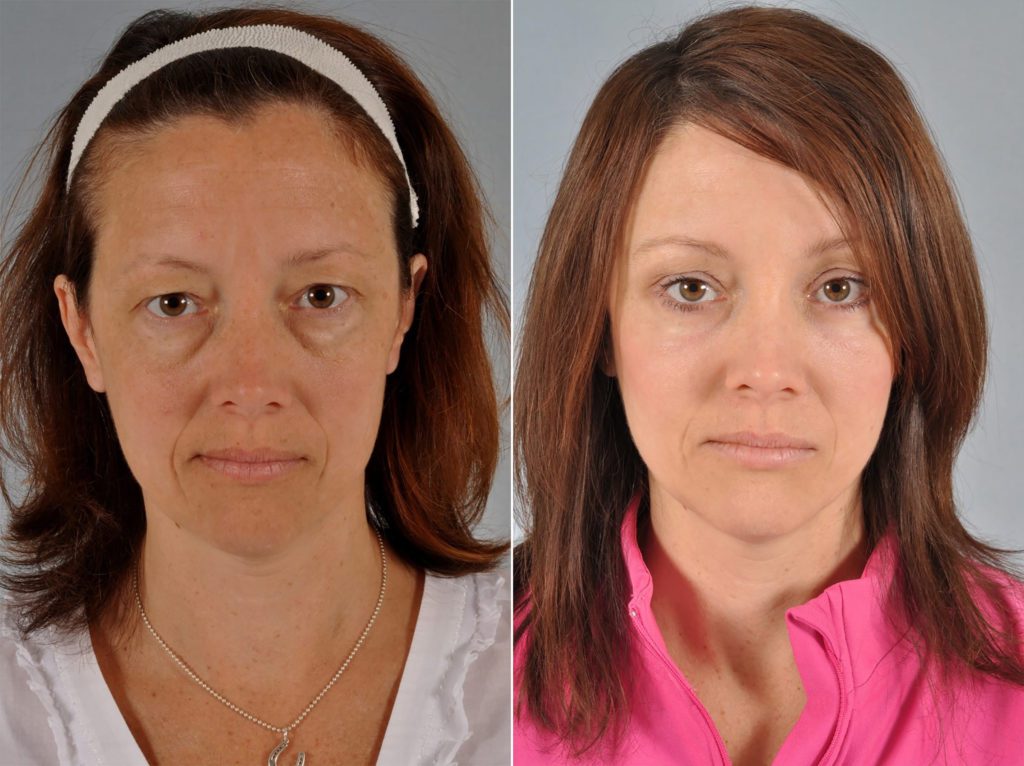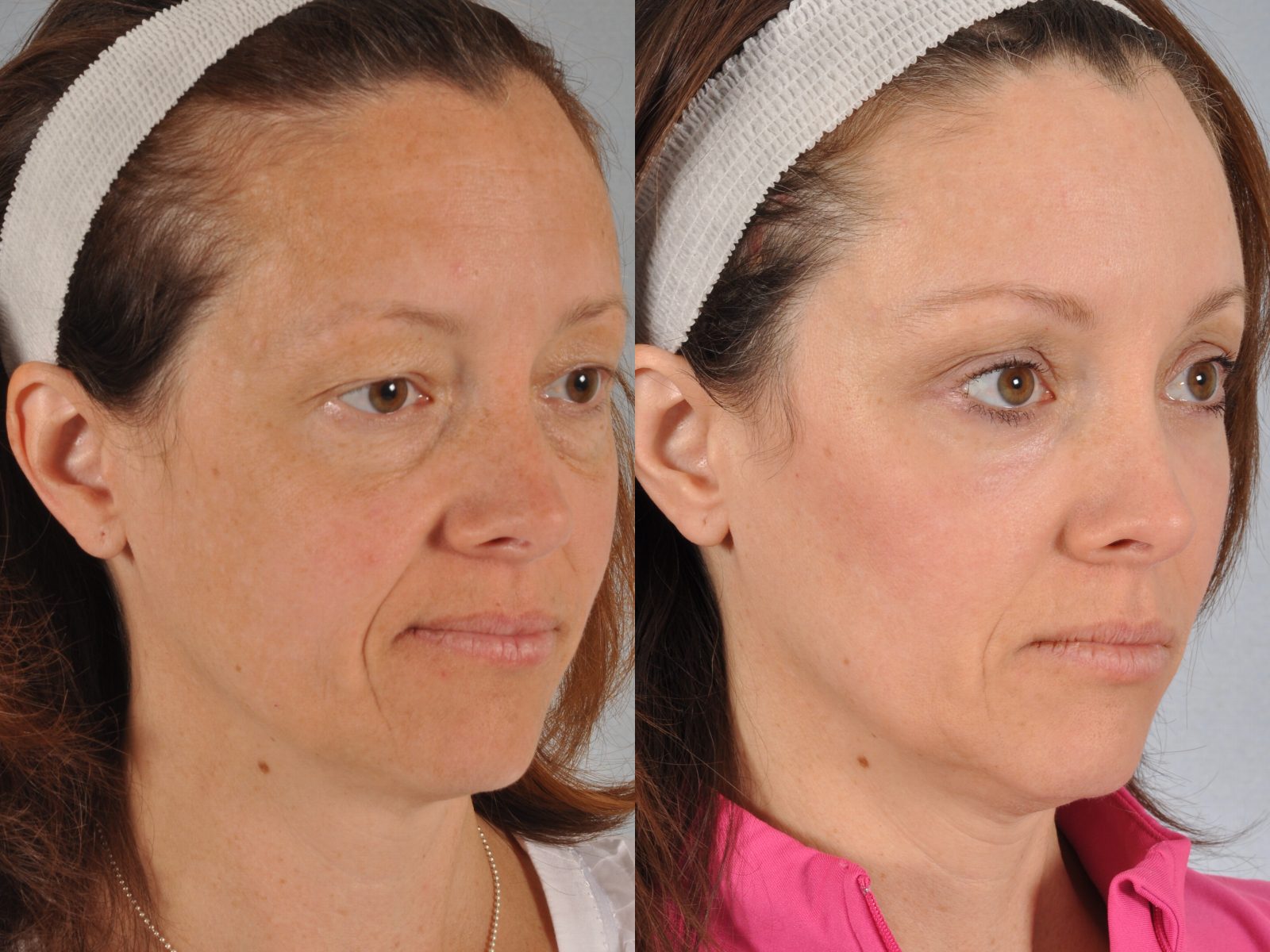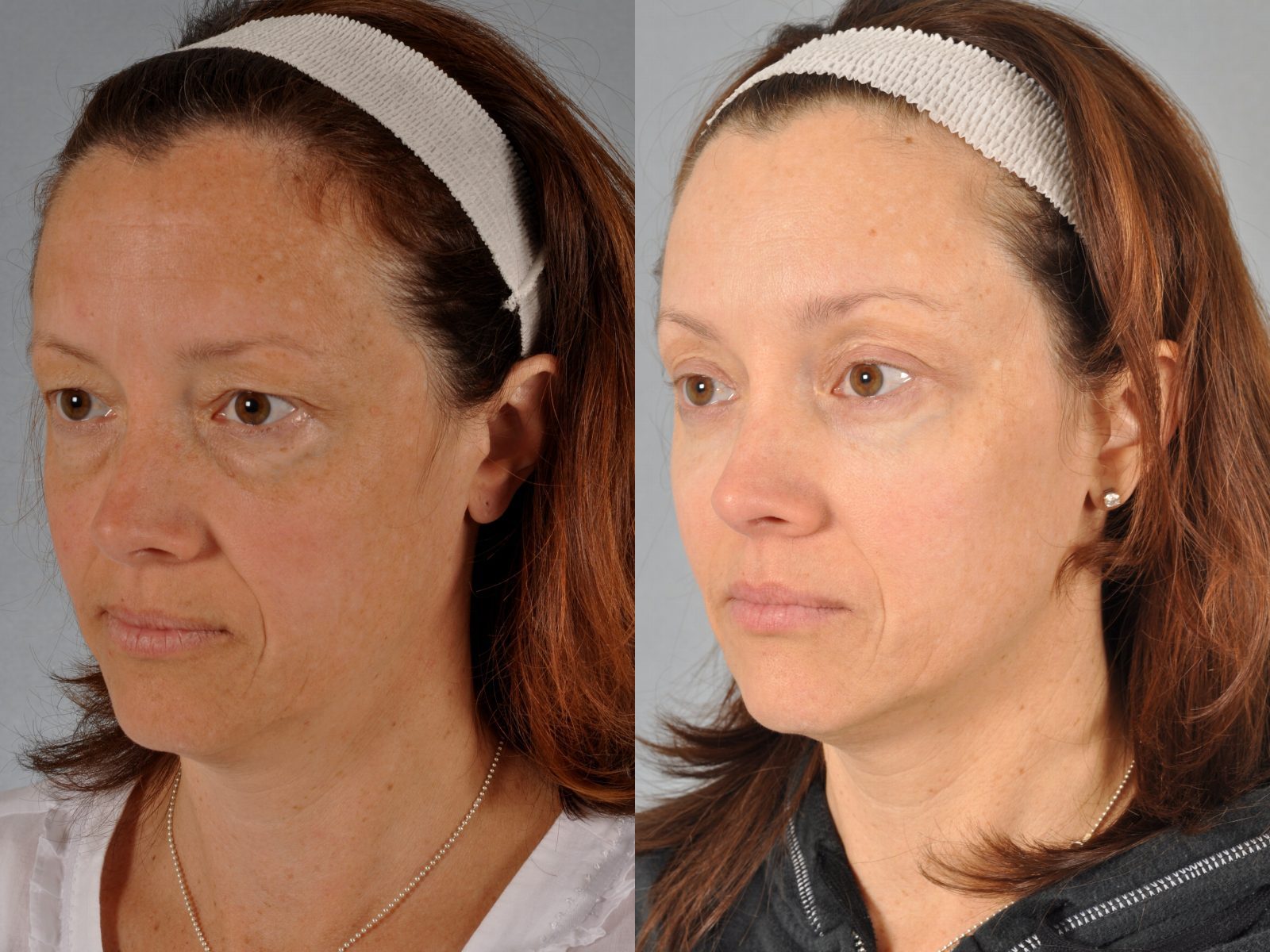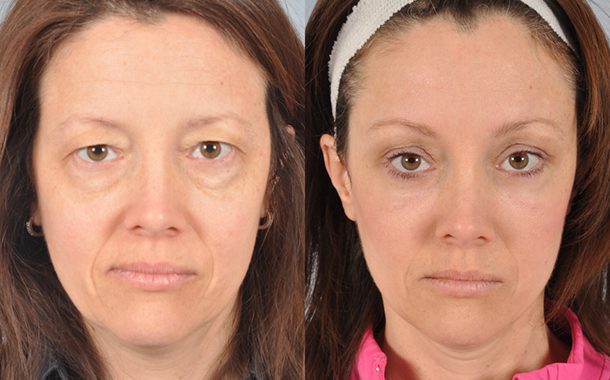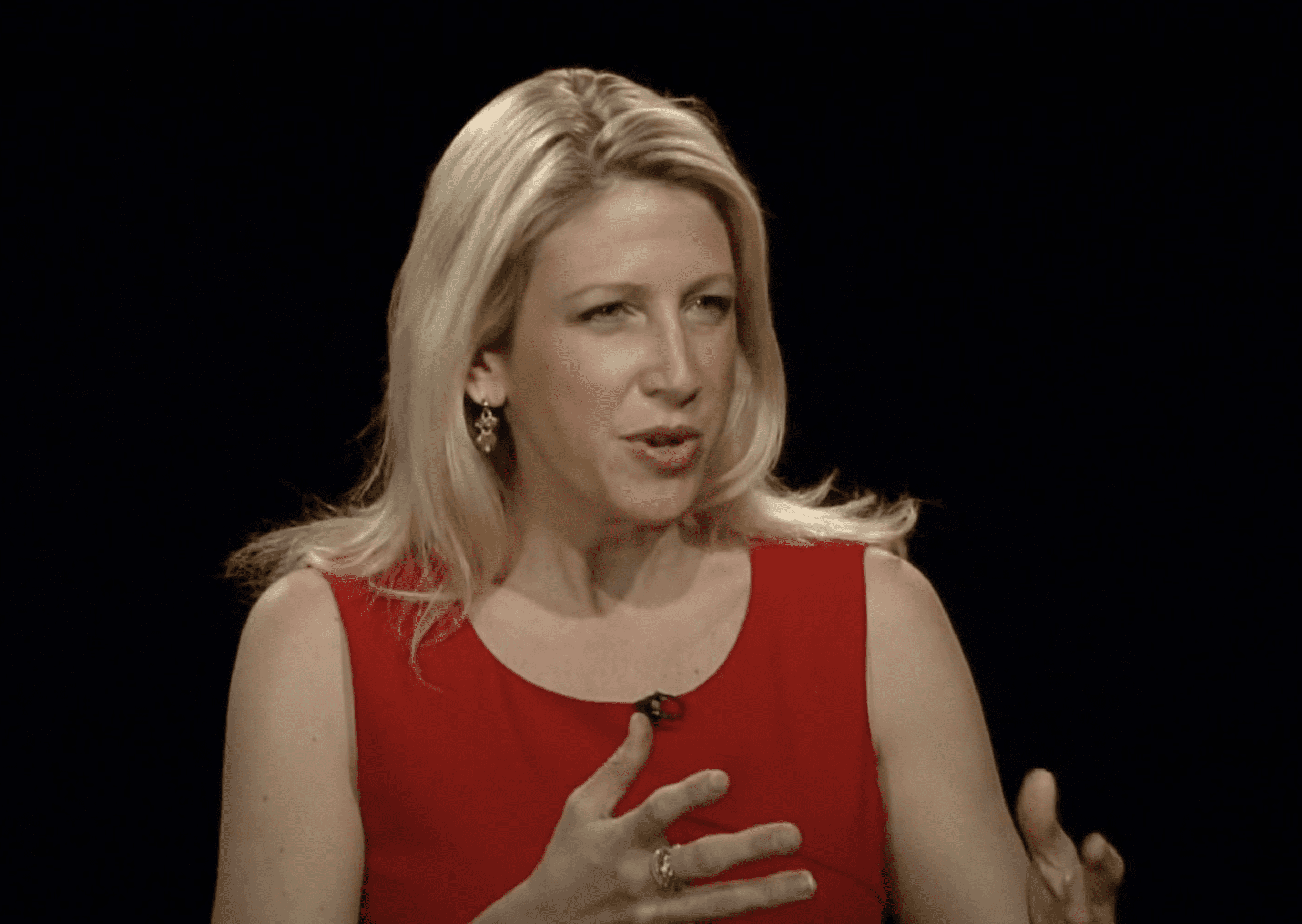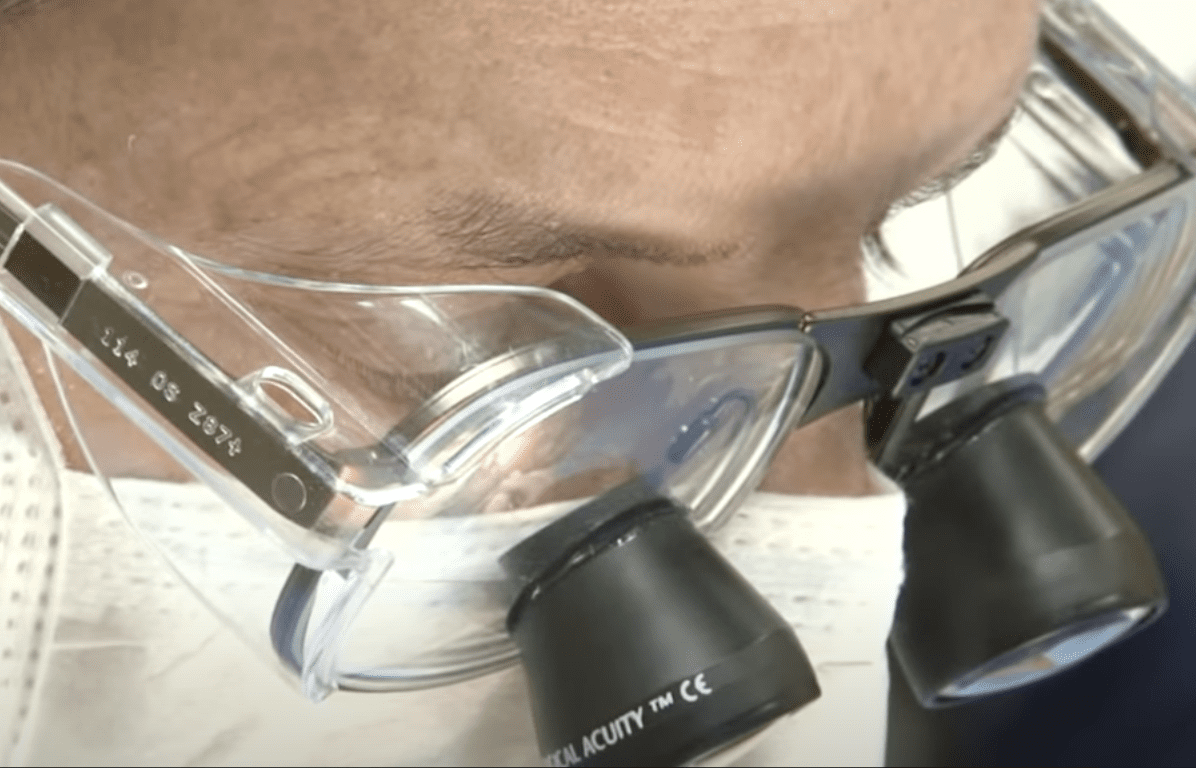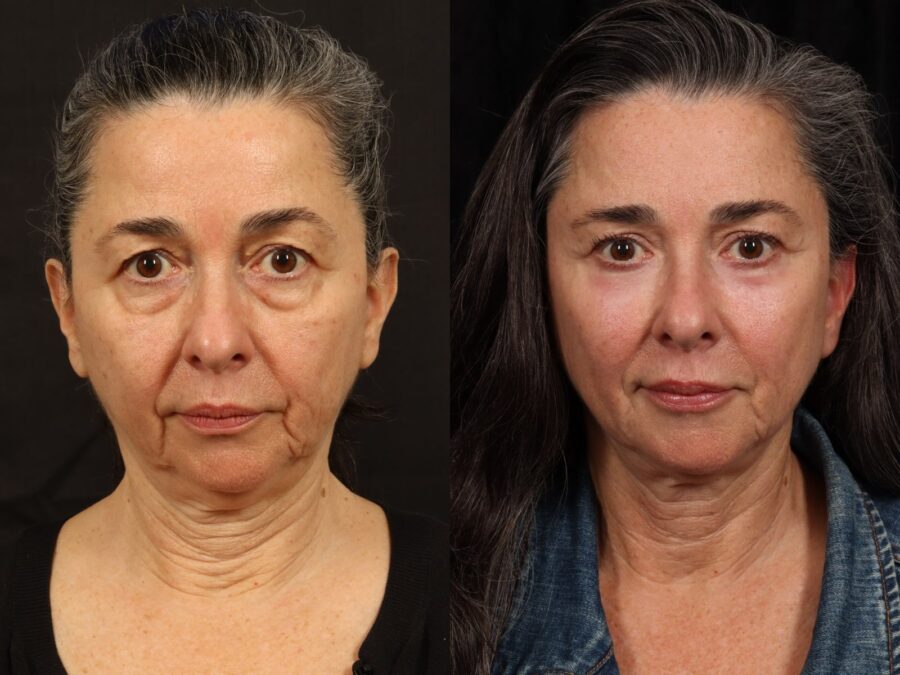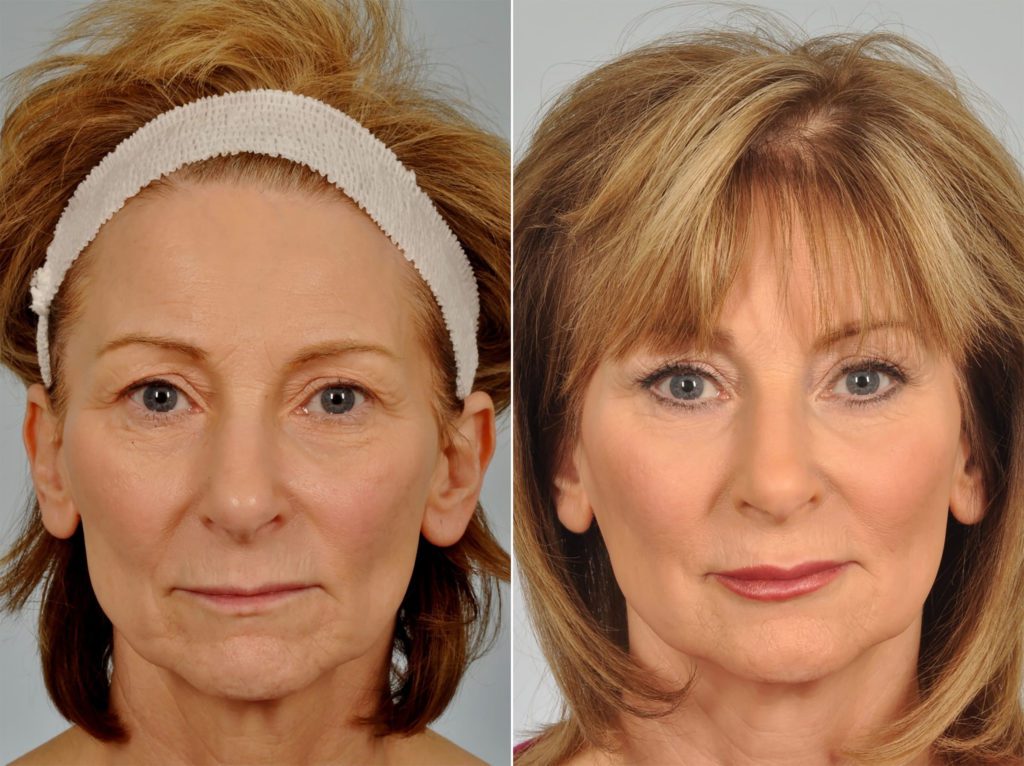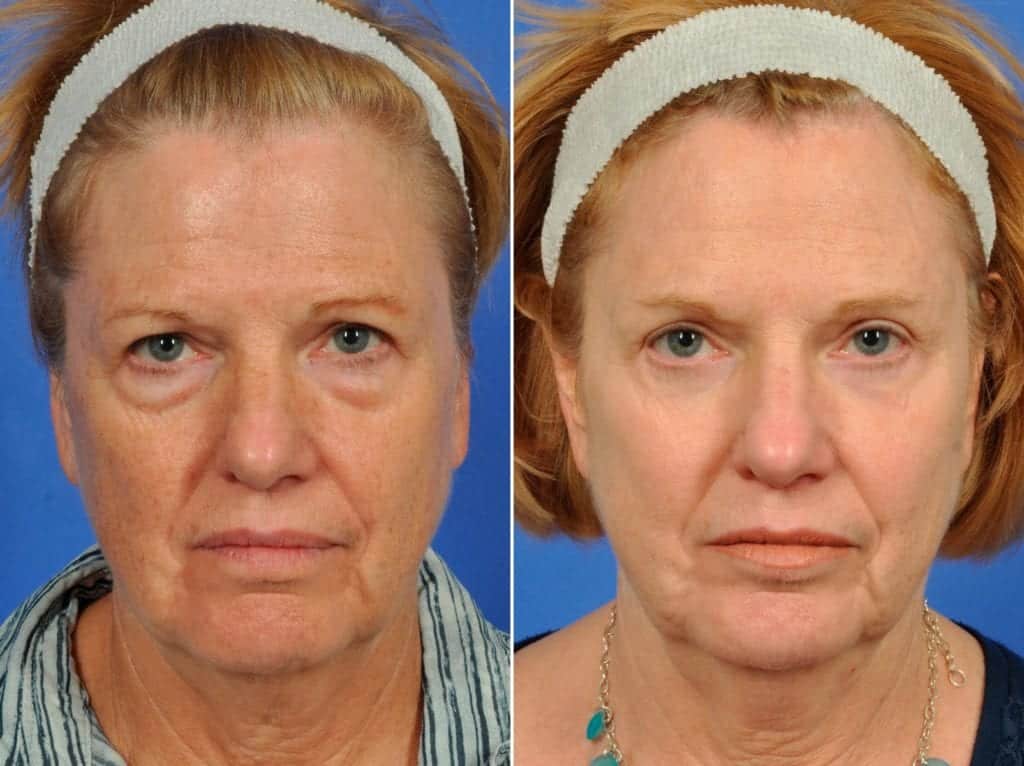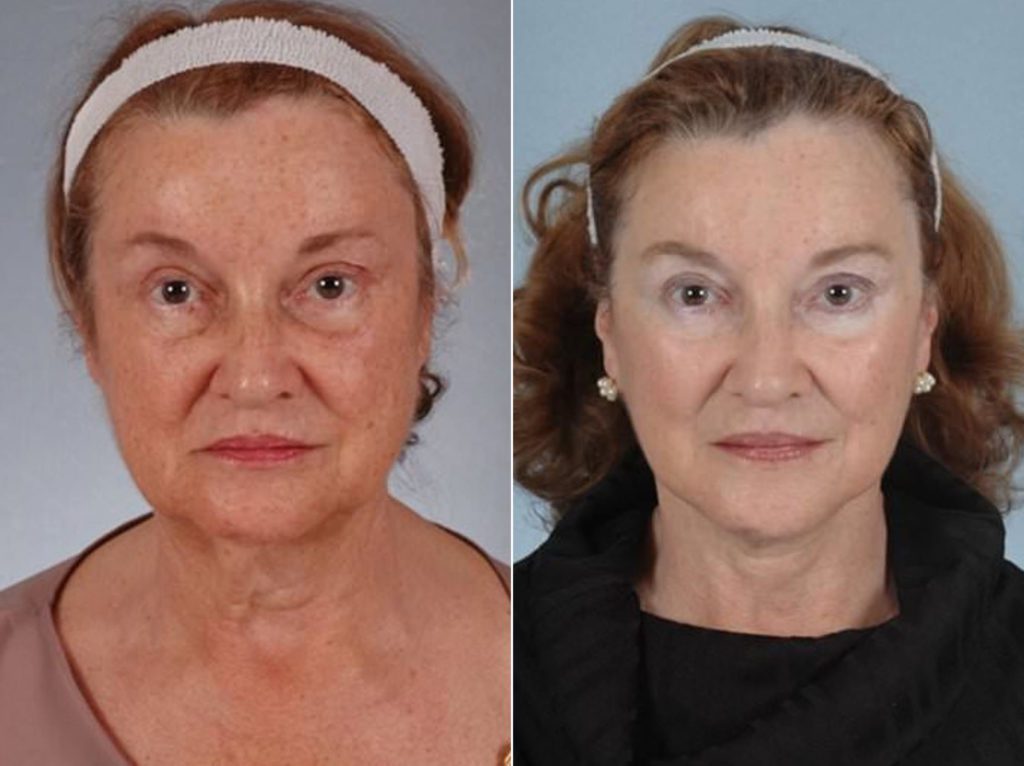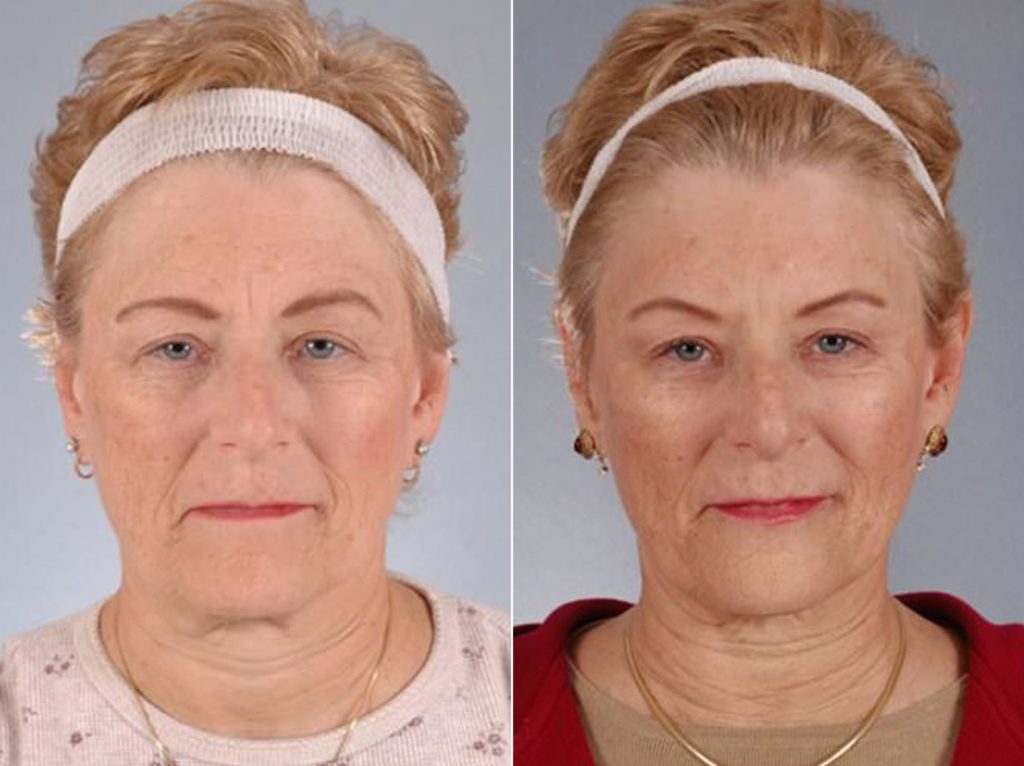WNATURAL MICROMIDFACELIFT™:
A Revolutionary, minimally invasive facial rejuvenation surgery
As we age, our cheeks—also known as the midface—sag and eye bags begin to appear. The loss of volume and weakening of facial muscles causes the midface to drag downward. Other signs of aging include squaring of the jaw, exaggerated nasolabial folds and hollowed cheeks. The WNatural Micromidfacelift™, a minimally-invasive midface lift procedure, addresses these common signs of aging by elevating volumes in the cheeks back into a more youthful position. Patients who qualify for this cosmetic procedure, currently available only at W Cosmetic Surgery™ in Philadelphia, notice natural-looking results with no visible scarring little downtime and a long duration of effect.
What is a Midface Lift?
Dr. Allan Wulc, developed the WNatural Micromidfacelift™, which utilizes a revolutionary technique and small surgical tools. Dr. Wulc and his father, an engineer, designed a patented surgical “wand” that allows for smaller incisions and easier tunneling underneath the skin. His approach to midface lift surgery challenges the preconceived notions surrounding the traditional facelift and other midface lift procedures.
WNatural Micromidfacelift™ is a less invasive alternative to the traditional facelift and the incisions for this procedure are smaller than those in commonly advertised procedures such as the Lifestyle LiftⓇ or the MAC’s lift.
We highly recommend the WNatural Micromidfacelift™ to patients who are:
- Afraid that a traditional full facelift might drastically alter their appearance.
- Striving for natural results—not over-correction or over-tightening of the skin. No longer satisfied or can no longer achieve the desired results from fillers and Botox®.
- Looking for a minimal downtime procedure with long-lasting results.
Your micro midface lift procedure. what to expect.
WNatural Micromidfacelift™ surgery is performed on an outpatient basis, usually under local anesthesia or with a deeper anesthetic based on patient preference and general health. The procedure is performed by making a few small, hidden incisions around and above the hairline. Using small surgical tools, such as an endoscope (telescope) and sutures, or with a patented device (currently used as an investigative tool in clinical trials), Dr. Wulc tunnels under the skin to find the “sweet spots” that elevate and rejuvenate the lower eyes and cheeks. These are the same spots that we often lift in the mirror and that provide satisfying alterations in any aging face. Once these sweet spots are found, sutures are employed to elevate facial sagging and reverse the effects of gravity. The incisions are then closed.
While the wand is helpful, the technique can be done by a skilled surgeon without it and we have over 20 years of experience with this technique.
Patients who undergo this procedure experience minimal discomfort after the surgery and can usually return to work within seven to ten days. The effects of this procedure in a clinical study that we have coauthored appear to last for more than a decade. However, no single patient or surgery is exactly the same. During the initial consultation with Dr. Wulc, we will design a surgical plan with you to best achieve your desired outcome, which may include more than just a WNatural Micromidfacelift™. Additional surgical procedures that may be performed with a WNatural Micromidfacelift™ include the following:
- Endoscopic brow lift
- Upper and lower blepharoplasty(eyelid surgery)
- Fat injection(liposculpture)
- Laser skin resurfacing

Discover your possibilities.
Schedule a consultation
Saturday - Sunday Closed


